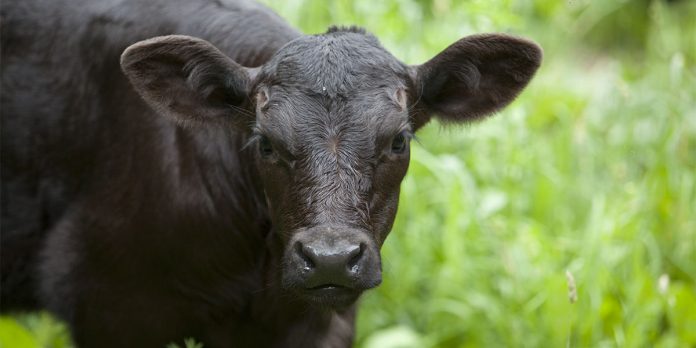In warm weather, cattle should always have access to shade and water.
Heat stress is more sever with high humidity. Cattle can tolerate higher temperatures with lower humidity.
When moving or working cattle, check the forecast for the temperature and humidity of the times you will be gathering, working, or hauling cattle.
The Temperature Humidity Index (THI; see chart) is an excellent resource to ensure the cattle will not experience significant heat stress. The THI is determined using a formula that accounts for both ambient (in the shade) temperature (Fahrenheit) and humidity (%):
■ THI = Temperature – 0.55 [(1 – Relative Humidity) × (Temperature – 58)]
■ THI < 72: No heat stress expected.
■ THI 72–79: Mild heat stress.
■ THI 80–89: Moderate heat stress.
■ THI > 89: Severe heat stress.
For gathering, working, or hauling cattle you should check the forecast for temperature and humidity. If working or moving cattle and they begin to experience any signs of severe heat stress—such as rapid breathing or open-mouth panting—release them and call a veterinarian for assistance.
Download the Recognizing and Avoiding Heat Stress in Cattle Poster Resource Guide Here









